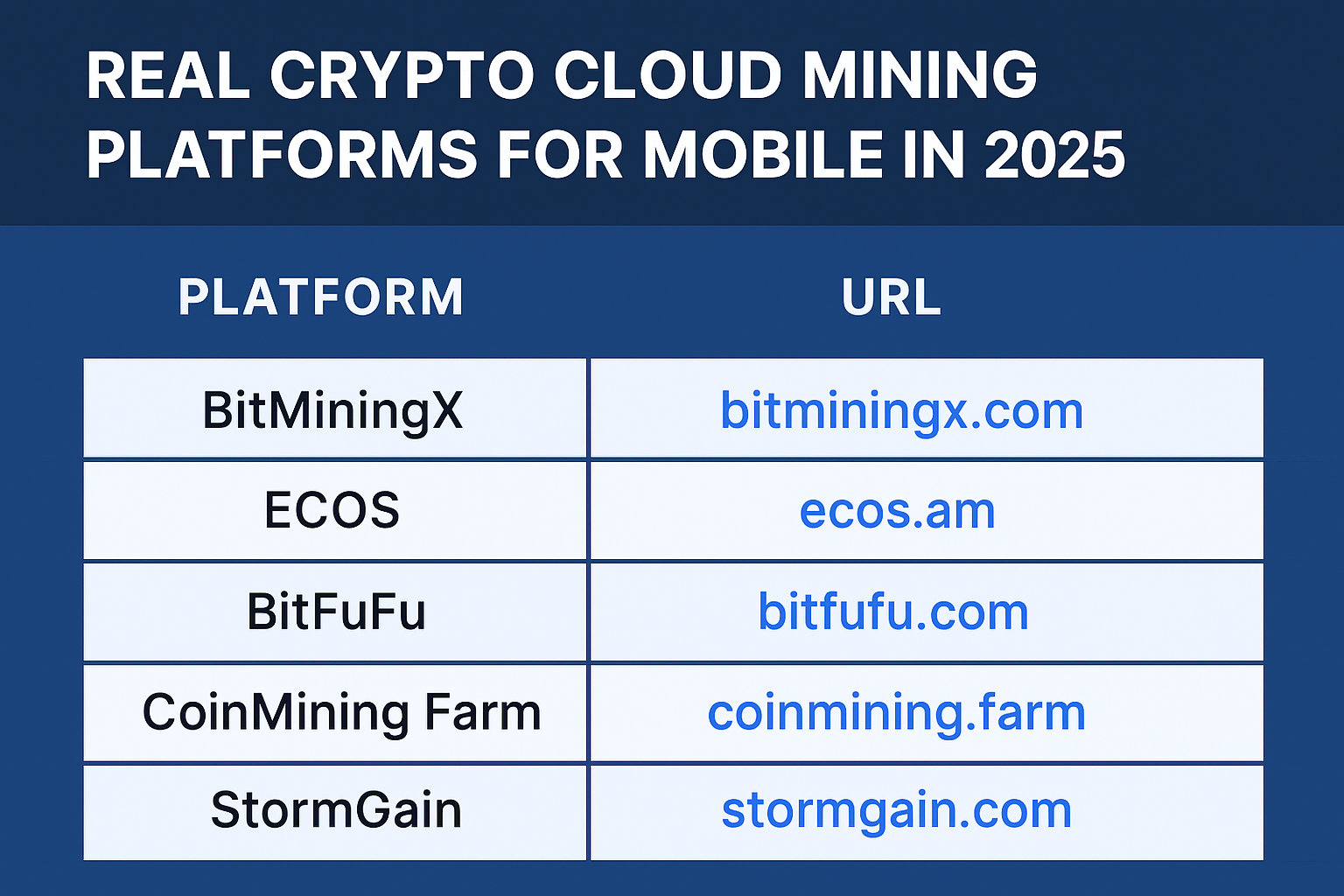Crypto mining continues to be a popular way for individuals and businesses to participate in blockchain technology. One key term in this space is “crypto mining rig.” If you’re new to crypto mining or looking to upgrade your setup, understanding what a crypto mining rig is, how it works, and how to build or buy one is essential.
What Is a Crypto Mining Rig?
A cryptocurrency mining rig is a specialized computer system designed to mine cryptocurrencies. The rig performs complex mathematical calculations required to validate transactions on blockchain networks such as Bitcoin, Ethereum, or Litecoin.
Unlike regular computers, a crypto mining rig is optimized specifically for mining, emphasizing high computational power and efficiency.
Why Mining Rigs Are Necessary
Cryptocurrency networks rely on decentralized validation processes called consensus mechanisms. For proof-of-work (PoW) coins, miners compete to solve cryptographic puzzles. The first to solve the puzzle adds the block to the blockchain and receives a reward.
That’s why miners use powerful crypto mining rigs — more computational power means a better chance at solving puzzles and earning rewards.
Types of Crypto Mining Rigs
There are several types of mining rigs depending on the type of cryptocurrency, energy consumption, and processing power required:
1. GPU Mining Rigs
GPU (Graphics Processing Unit) mining rigs use high-performance graphics cards. These are ideal for mining cryptocurrencies like Ethereum, Ravencoin, and Ergo.
Pros:
- Versatile: Can mine multiple cryptocurrencies.
- High resale value for GPUs.
- Easy to upgrade.
Cons:
- Higher upfront cost.
- Increased power consumption.
2. ASIC Mining Rigs
ASIC (Application-Specific Integrated Circuit) mining rigs are built specifically to mine a particular cryptocurrency. Popular for mining Bitcoin.
Pros:
- High efficiency for specific coins.
- Compact size compared to GPU rigs.
Cons:
- Limited to one or a few coins.
- Low resale value as technology advances.
3. CPU Mining Rigs
While less common today, CPU (Central Processing Unit) mining rigs are still used for mining certain altcoins like Monero.
Pros:
- Low initial investment.
- Easy to set up.
Cons:
- Very slow hash rates.
- Inefficient compared to GPU and ASIC rigs.
Components of a Crypto Mining Rig
Building a crypto mining rig requires specific components optimized for performance and reliability. Here’s a breakdown:
1. Graphics Cards (GPUs)
The heart of most mining rigs, GPUs perform the actual mining calculations. For serious miners, investing in GPUs like the NVIDIA RTX 3080 or AMD RX 6800 XT is common.
2. Motherboard
A mining-compatible motherboard ensures that multiple GPUs can connect simultaneously. Popular models include ASUS B250 Mining Expert and ASRock H110 Pro BTC+.
3. Processor (CPU)
For GPU rigs, the CPU does not need to be powerful. A simple Intel Celeron or AMD Athlon is sufficient.
4. Power Supply Unit (PSU)
A reliable PSU is critical. It must provide enough power for all GPUs and other components. Most miners use 1000W+ modular PSUs.
5. RAM
Mining doesn’t require large amounts of RAM. 4GB–16GB is typically sufficient, depending on the operating system.
6. Storage (SSD or HDD)
A small SSD is usually ideal, as it helps the mining rig boot quickly and operate efficiently.
7. Mining Frame
A mining frame holds all the components together while providing airflow to keep GPUs cool. Many miners opt for open-air frames.
8. Cooling System
Extra fans or even liquid cooling systems help prevent overheating, which can damage expensive GPUs.
Building vs. Buying a Crypto Mining Rig
You can either build your own crypto mining rig or buy a pre-built one. Each option has advantages and disadvantages.
Building a Crypto Mining Rig
Pros:
- Full customization.
- Potentially lower cost.
- Ability to choose high-quality components.
Cons:
- Requires technical knowledge.
- Time-consuming.
Buying a Crypto Mining Rig
Pros:
- Plug-and-play convenience.
- Support and warranty options.
Cons:
- Higher initial cost.
- Less flexibility in upgrades.
Popular Pre-Built Mining Rigs in 2025
- Bitmain Antminer S21 (ASIC)
- Goldshell KD Max
- RTX 4090 GPU Mining Rigs from various vendors
Optimizing Your Crypto Mining Rig
Once your rig is up and running, optimization is crucial to maximize earnings while minimizing costs.
1. Overclocking GPUs
Overclocking boosts GPU performance, but must be done carefully to avoid damage. Tools like MSI Afterburner help miners adjust core clock, memory clock, and voltage.
2. Undervolting
Reducing power consumption while maintaining performance helps reduce electricity bills.
3. Choosing the Right Mining Software
Popular mining software includes:
- NiceHash
- Hive OS
- PhoenixMiner
- GMiner
4. Selecting the Best Mining Pool
Joining a mining pool increases the likelihood of steady earnings. Look for pools with low fees, reliable uptime, and fair payout structures. Examples include Ethermine and F2Pool.
5. Maintaining Temperature and Airflow
Keeping your mining rig cool prolongs its lifespan and maintains efficiency.
Tips:
- Use open-air frames.
- Install multiple cooling fans.
- Monitor temperatures regularly.
Common Challenges and Solutions
1. High Electricity Costs
Mining consumes large amounts of power.
Solution:
- Operate in locations with lower energy costs.
- Consider renewable energy sources.
2. Hardware Failures
Mining puts constant strain on GPUs and other components.
Solution:
- Regularly clean and maintain your rig.
- Keep spare parts handy.
3. Network Latency
Slow internet connections can reduce mining efficiency.
Solution:
- Use wired Ethernet instead of Wi-Fi.
- Choose mining pools with servers close to your location.
4. Crypto Market Volatility
Fluctuating cryptocurrency prices affect mining profitability.
Solution:
- Diversify your mined coins.
- Hold mined coins until market conditions improve.
Is Mining Still Profitable in 2025?
With the halving cycles, increasing difficulty levels, and rising electricity costs, many people ask if crypto mining rigs are still worth the investment.
Factors Affecting Profitability
- Electricity costs: Miners with access to cheap power have a significant advantage.
- Mining difficulty: As more miners join the network, it becomes harder to earn rewards.
- Hardware efficiency: Newer GPUs and ASICs are more efficient, improving profitability.
- Crypto market trends: Bull markets increase mining revenue, while bear markets reduce it.
Profitability Calculation Tools
Use profitability calculators like:
- WhatToMine
- ASIC Miner Value
These platforms help estimate earnings based on current conditions.
Legal and Environmental Considerations
Before investing in a crypto mining rig, be aware of the legal regulations in your country. Some governments restrict or ban crypto mining due to its energy consumption.
Environmental Impact
Crypto mining rigs contribute to carbon emissions. Many miners are now exploring greener alternatives:
- Using renewable energy.
- Joining eco-friendly mining initiatives.
Final Thoughts
A crypto mining rig can be a rewarding investment if approached with knowledge and preparation. Whether you choose to build your own rig or buy a pre-built one, understanding components, optimization techniques, and market factors is key.
With evolving technology and market conditions in 2025, staying informed and adaptable ensures long-term mining success.




